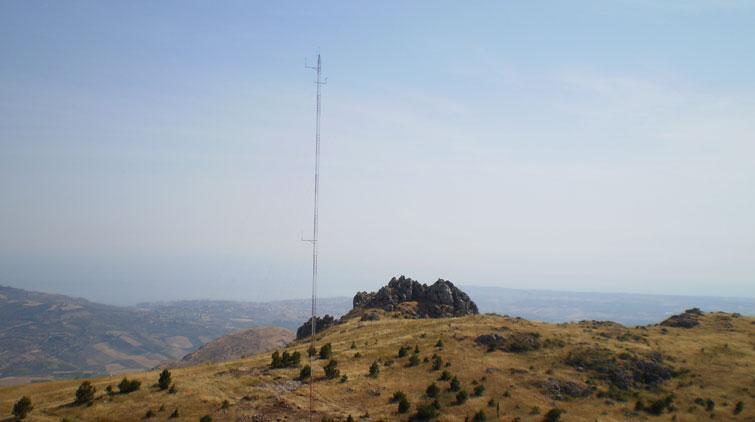Site classification, Turbulence Intensity Assessment and Extreme Wind Speed Analyses
Low load and high load scenario comparison enables an optimal economic decision
Fitting the wind turbine to the site characteristics saves costs
At some point during project development the wind turbine is selected and the questions arises about the wind class prevailing on-site. According to IEC 61400-1, the wind class depends on the site's turbulence intensity (TI). Depending on the wind class, the wind turbine type may be more or less solid and stable in order to withstand the loads. Therefore more or less strong and heavy materials are used for that wind turbine type, influencing the price of a turbine as well as the design, transport and foundation parameters. Beside the best choice of the wind turbine for a given site, local building and construction codes may demand turbulence analysis in order to assure structural and operational safety of wind turbines. To prove compliance we usually refer to EN 1991-1-4:2005 (+A1:2010): Eurocode 1: Actions on structures - Part 1-4: General actions - Wind actions, as well as to the DIBt Guideline "RichtliniefürWindenergieanlagen - Einwirkungen and StandsicherheitsnachweisefürTurm und Gründung" (Regulation for wind turbines – influences and structural safety proves for tower and foundation).
Ambient turbulence level and wind turbine aerodynamics influence spacing between the turbines
High turbulence intensity allows a closer spacing in terms of wake flux energy recovery and hence increases the spatial efficiency of a wind farm. This however must be off-set against the higher stress due to higher fatigue loads a wind turbine may experience by a higher turbulence level. The distance between wind turbines not only is a safety matter, but it may happen that the owner of adjacent wind turbines is not the same and hence both want to avoid influencing each other (e.g. wake losses, increased fatigue loads related to effective turbulence intensity etc.), for which minimum distances are maintained and recommended in dependence of the site characteristics.
Higher spatial efficiency vs. lower wind turbine prices, less operational and maintenance costs
Special attention should be given to near-shore, offshore and forest sites, where beyond 100m height above ground level turbulence intensity typically increases at high wind speeds (about > 16 m/s), as the wind speed changes the surface roughness, which in turn causes higher turbulences within the Prandtl boundary layer. Deviation should be made during application of a suitable flow model in order to take such effects into account.
The turbulence characteristics must be analysed and the site must be classified accordingly, in order to take the optimal decision in terms of wind turbine strength, spatial efficiency and energy yield.
Beside that an assessment of the maximum wind speed expected during a period of 50-years should be performed, in order to avoid such extreme events stressing wind turbine design specifications.
As a consequence different scenarios can be elaborated for the wind farm design, for example:
- Low load scenario: less wind turbines installed, lower load and stress per turbine, lower turbulence intensity, less wind turbine and infrastructure costs and less operating and maintenance costs by lower fatigue loads.
- High load scenario: more wind turbines installed, higher load and stress per turbine, higher turbulence intensity, higher wind turbine and infrastructure costs and higher operating and maintenance costs by increased fatigue loads.
Comparison of both scenarios allows deriving an optimal economic decision.


 English
English العربية
العربية











